One of the defining features of modern furniture is its focus on form and function. Pieces are often designed with clean lines and geometric shapes, creating a visually appealing yet practical environment. This approach encourages the use of open spaces, allowing for better flow and movement within a room. When selecting modern furniture, consider how each piece will contribute to the overall layout and functionality of the space. Opting for items that serve multiple purposes can maximize utility without compromising style.
Material selection plays a crucial role in the modern aesthetic. Common materials include metal, glass, and wood, each offering unique advantages. Metal furniture can provide an industrial feel, while glass elements can create a sense of openness and lightness. Wood adds warmth and texture, balancing the cooler elements often found in modern designs. Choosing high-quality materials ensures durability and longevity, making it a worthwhile investment for any home.
Color palettes in modern furniture tend to lean towards neutral tones, such as whites, grays, and beiges. These colors create a serene backdrop that allows for easy integration with various decor styles. Bold accents can be introduced through accessories, artwork, or accent pieces, adding personality without overwhelming the space. When selecting colors, consider how they interact with natural light and existing furnishings to create a cohesive look.
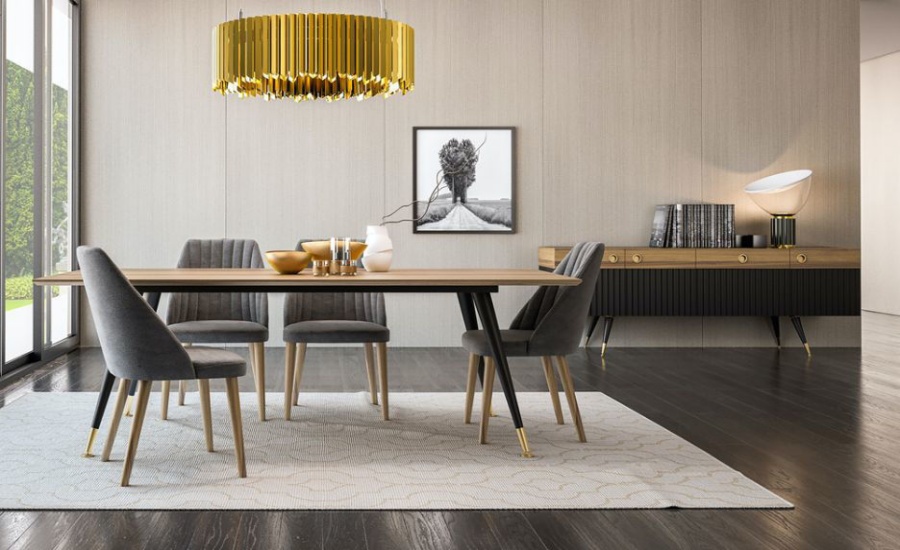
Sustainability is an increasingly important consideration in modern furniture design. Many manufacturers are now focusing on eco-friendly materials and production methods to reduce environmental impact. Opting for sustainable furniture not only benefits the planet but also promotes a healthier living environment. Researching brands that prioritize ethical practices can lead to more responsible purchasing decisions.
Functionality remains a key aspect of modern furniture. Pieces are often designed to accommodate the demands of everyday life, making them ideal for busy households. Consideration should be given to how furniture will be used daily. For example, a modern sofa should provide ample seating while maintaining comfort and style. Dining tables should be spacious enough to accommodate family gatherings without feeling cramped.
Incorporating modern furniture into a home can significantly enhance its overall aesthetic. Mixing modern pieces with vintage or traditional items can create a unique and personalized look. This blend of styles adds depth and character, making a space feel more inviting. Accessories such as rugs, cushions, and lighting can further enhance the modern vibe, providing opportunities to introduce texture and color.
When shopping for modern furniture, exploring various retailers and online platforms can yield a diverse range of options. Pay attention to customer reviews and ratings to gauge quality and satisfaction. Attending furniture expos or showrooms can also provide valuable insights into current trends and innovations in modern design. Investing time in research can lead to the discovery of pieces that perfectly align with personal style and functional needs.

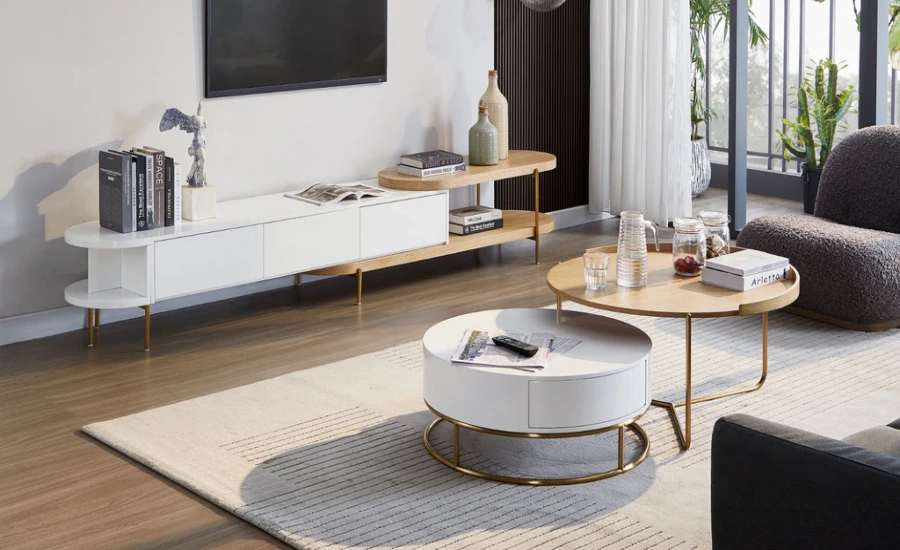
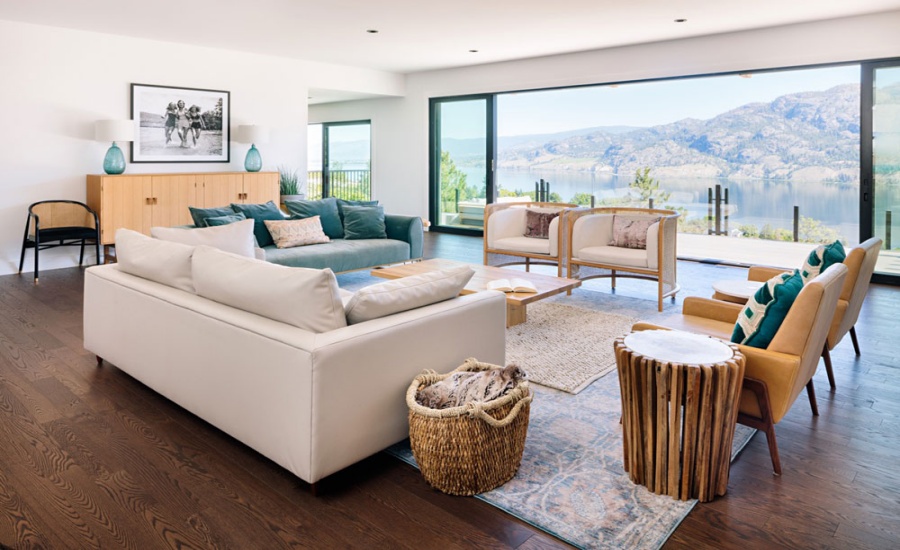
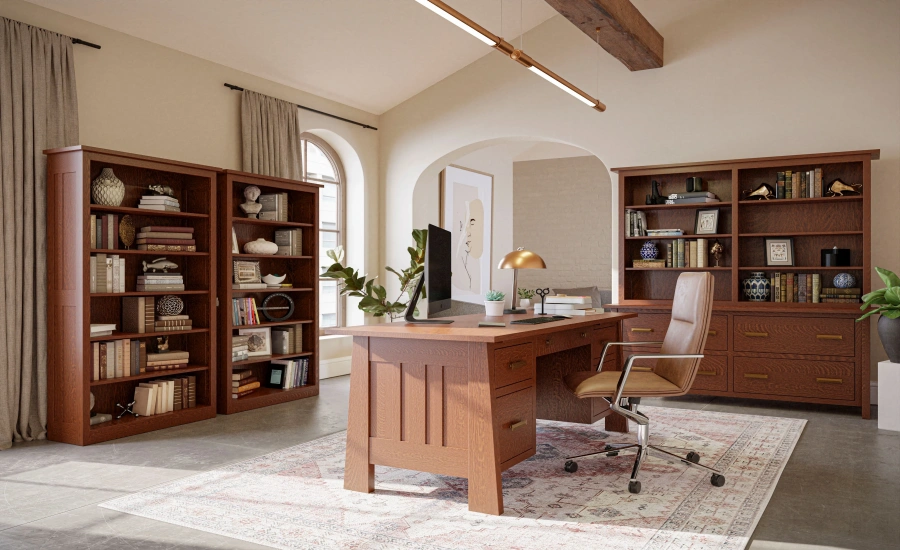
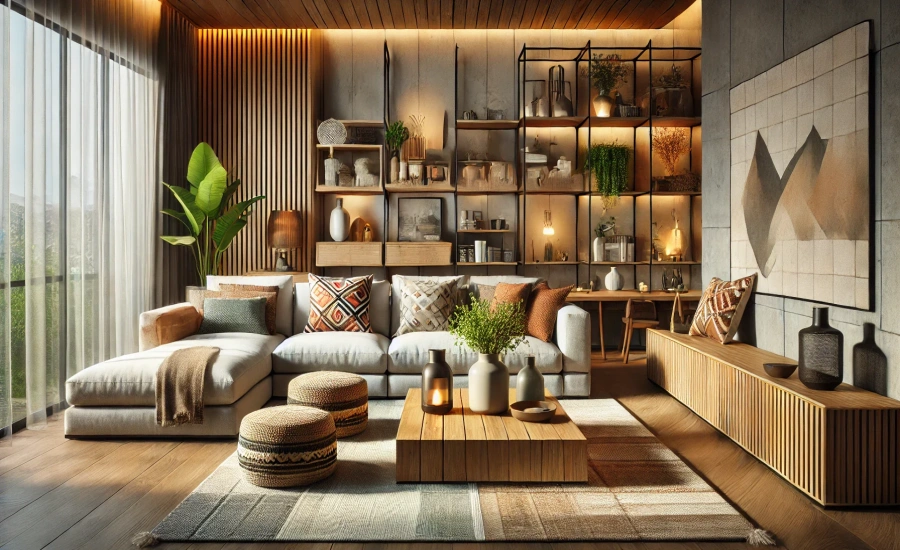
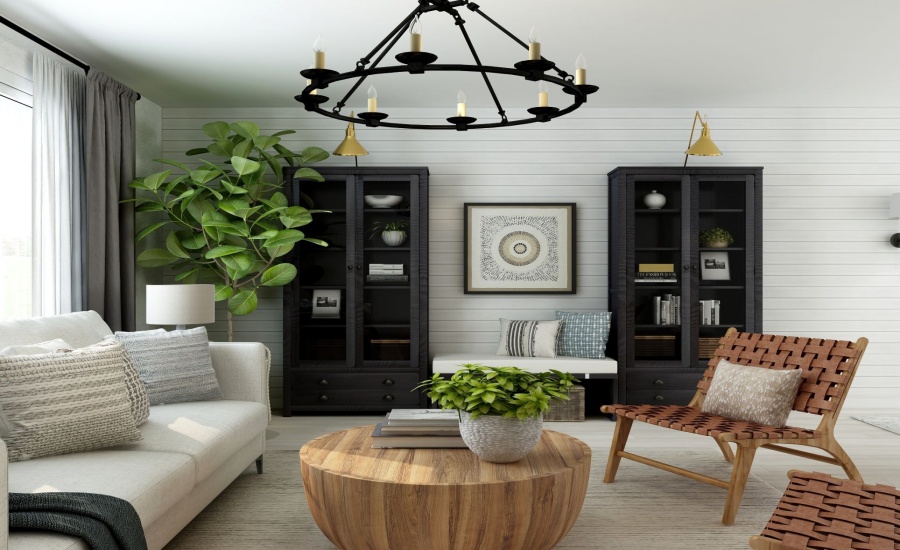


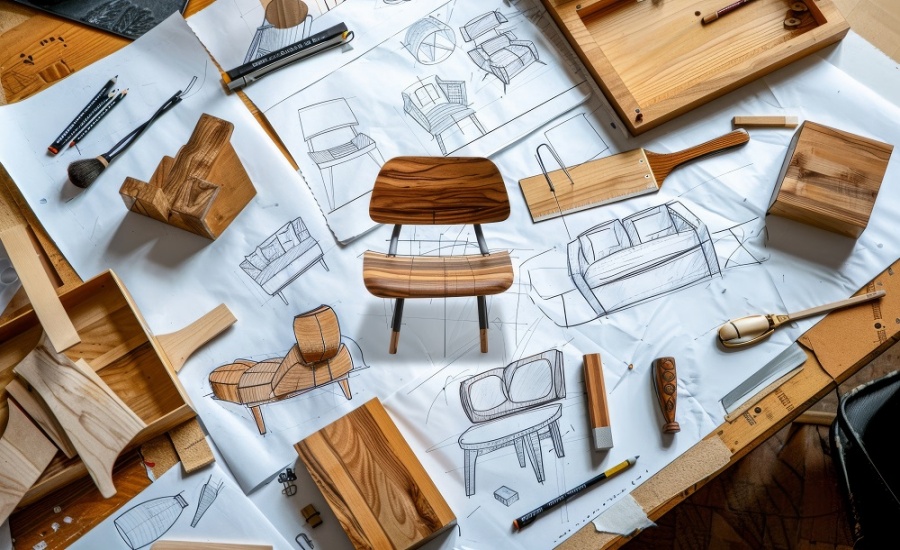
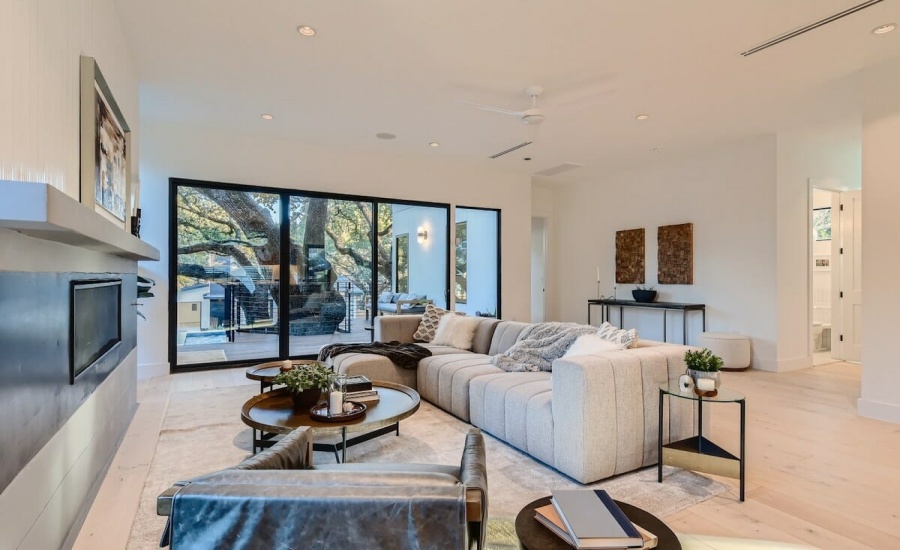

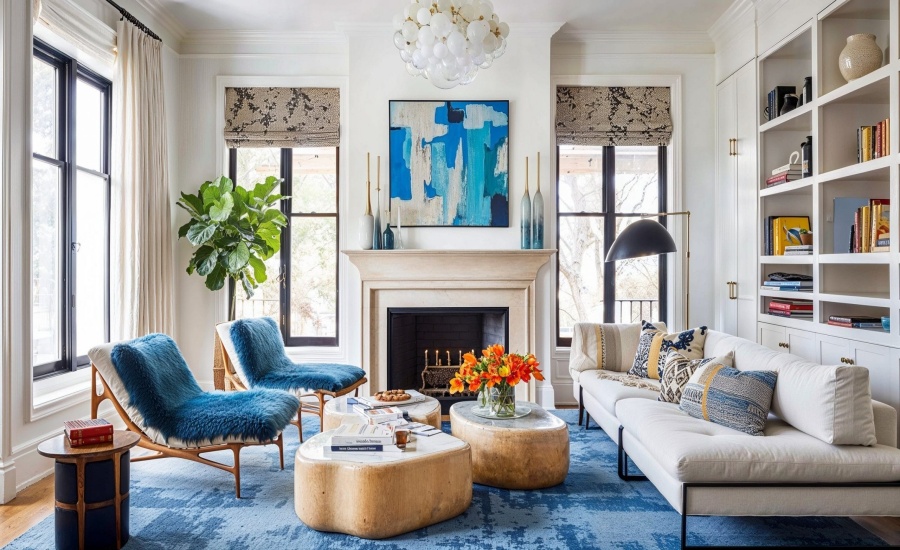
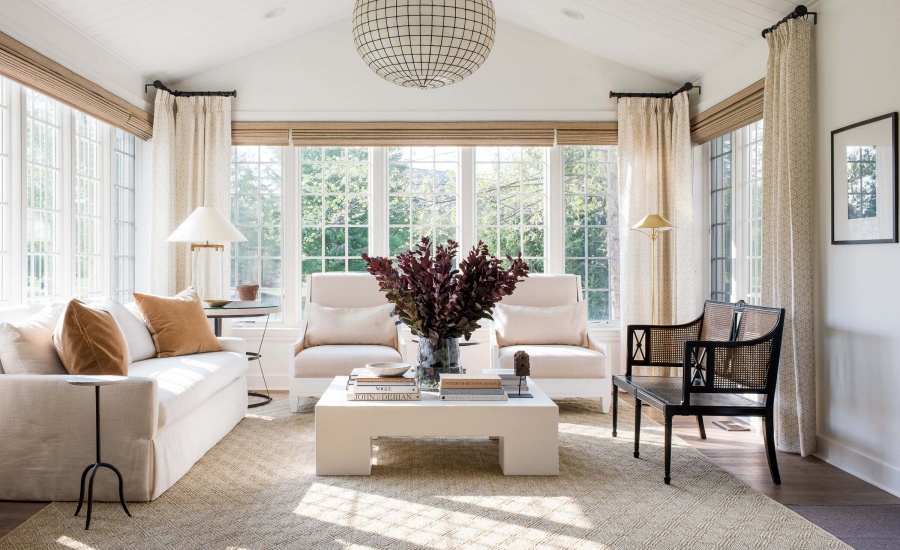
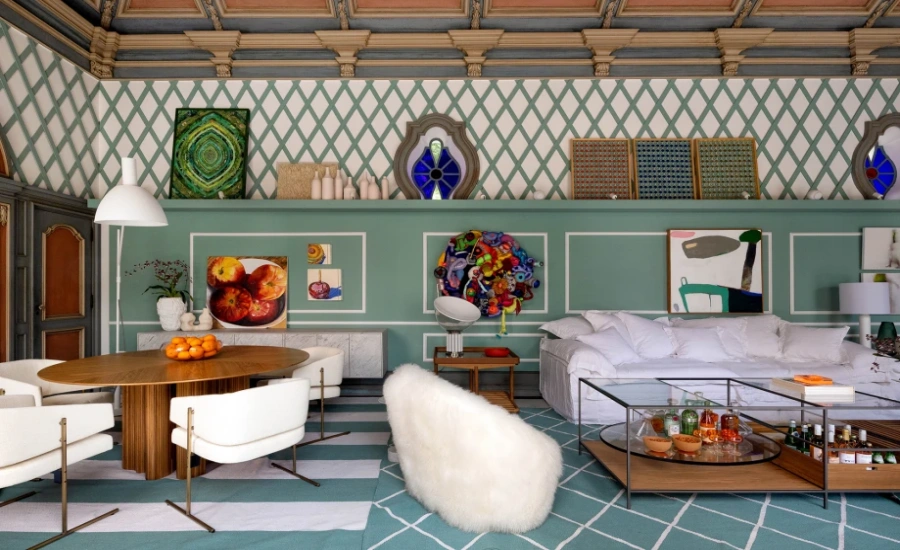
Leave a Reply